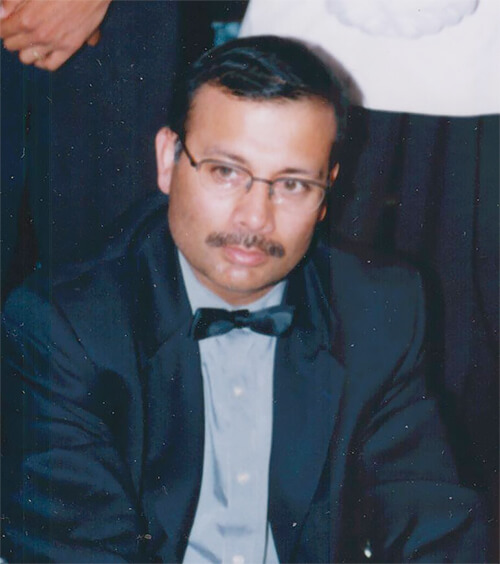Dichotomia, with its Greek origin, means two equal contradictory parts, as in public/private; hot/cold; or subjective/objective. It also is: opposition, incongruity, conflict, antagonism, disunion and disagreement. Herakleitos (540-480BC), the Ephesian philosopher, had postulated on universal dichotomia, his claim: the symbiosis of all things opposite.
Dichotomy is incongruity, yet, an interdependent binary facet of our existence: night is followed by light in the morning; Love into hate and vica versa; something very hot can give us the chills; art, a product of extreme privacy, is for wide public consumption. Without dichotomy, life would be bromide, insufferable. Dichotomy is our spice, without it, it would be like food without salt. Incongruity is am imperative, and it's beautiful. The Valentine's day: the "warmest" day (social: abstract) happened to fall on the coldest day (Ice: real) of the year.
It usually begins with a query by my younger son around midweek: "Where are we going Sunday, dad?" It's not a simple question. It entails wracking my brain to conjure up another novel experience within the city limits of Chicago, to satisfy his insatiable curiosity and desire for otherworldly experiences. It is an enormous challenge. It is also, I believe, a genetic predisposition, unequivocally, a gift from my father: an indefatigable adventurer in his time, that is coming to light in him, to my utter delight. In fact, this had materialized in both my sons. Insufferable or incongruous conditions excite them.
Winter had arrived late. It was the Valentine's Day, the coldest day of the winter so far. The temperature was minus six degrees, with a serrating windchill. The intermittent snow showers, cutting almost horizontally, had rendered the outside into a surreal gray-white gauze, devoid of a horizon, very Lovecraft-esque. I had assumed that it would deter my son, as I settled in to lose myself in Proust's "In Search of Lost Time." I would have been content to wallow in Proust's warm melancholy, but then he materialized suddenly, "What! - not going anywhere!" I responded, "Did you see the outside?" "This is exactly why we must!" he retorted emphatically. In retrospect, it's his importunate curiosity and energy that had delivered this concept article. Why is his desire inversely proportionate to the danger? I thought.
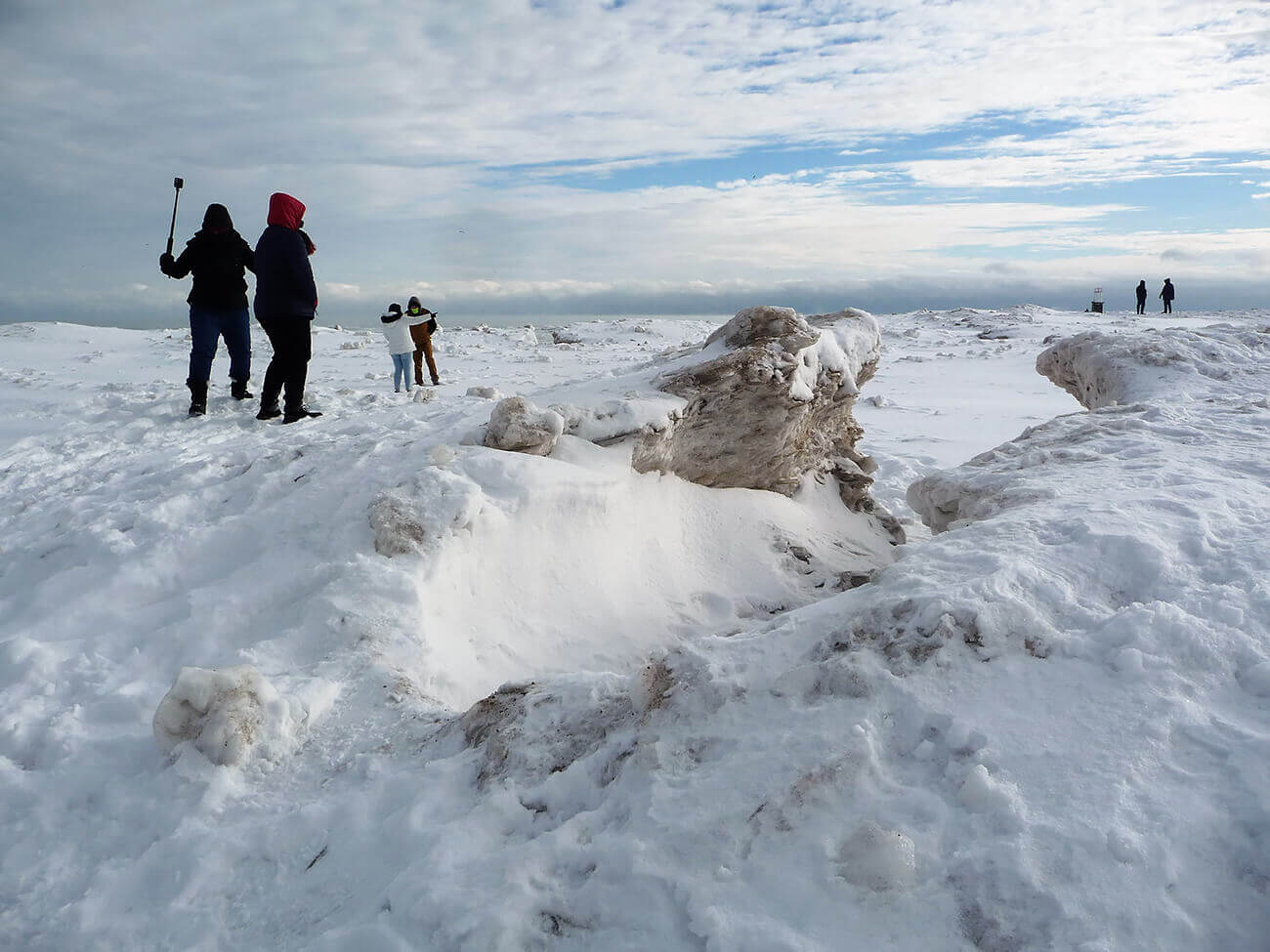
Valentine's Day 2021 © Raju Peddada
I cannot help, but acknowledge that his hunger for experiencing such diabolical conditions is actually a sliver of a view into his psyche, and possibly his future. Another Thor Heyerdahl or Shackleton in the making? I had wondered. After an hour's drive, we were at the North Avenue beach in Chicago, usually a summer siesta for skimpily clad whales and mermaids. And, as I stood with him shuddering at the edge of that arctic landscape, I was surprised to find a few intrepid couples that had sought out that icy locale for their Valentine's Day. It thawed my psyche, looking at them.
Thick ice slabs had formed, broken off and pushed onto the sand by the underwater current, created huge piles of pack ice. What I saw was something like what Sir Ernest Shackleton had seen on that fateful morning in the Weddell Sea, in 1914, near the Antarctic coast, when his ship fell into the grip of such pack ice. His ship: "Endurance," ironically, could not endure the ice, and at the same time, far away on the European continent, men were to endure the searing heat of their own antagonism, as WWI had broken forth. What the incompetent politicians of Europe could not fetch to the table, Shackleton did: leadership in the face of horrifying odds.
He managed to return home, with his entire crew, and with their spirits intact, after bobbing on ice floes in an average temperature of 15 Fahrenheit for almost two years. And, here we both were, I and my son - lasted all but fourteen minutes on that beach that Valentine's Day morning. I had to take my gloves off to photograph - and it felt like my fingers were being methodically sawed off, they became numb stubs with hardly any sensation at the finger tips, all in less than a minute. At this very point, I was flooded with a warm melancholic admiration, and yearned for a man like Shackleton to rescue us from our 21st century banality, futility and frightening mendacity. And, despite our technical progress, we had regressed in several ways. Did the Smart phone make us dumb?
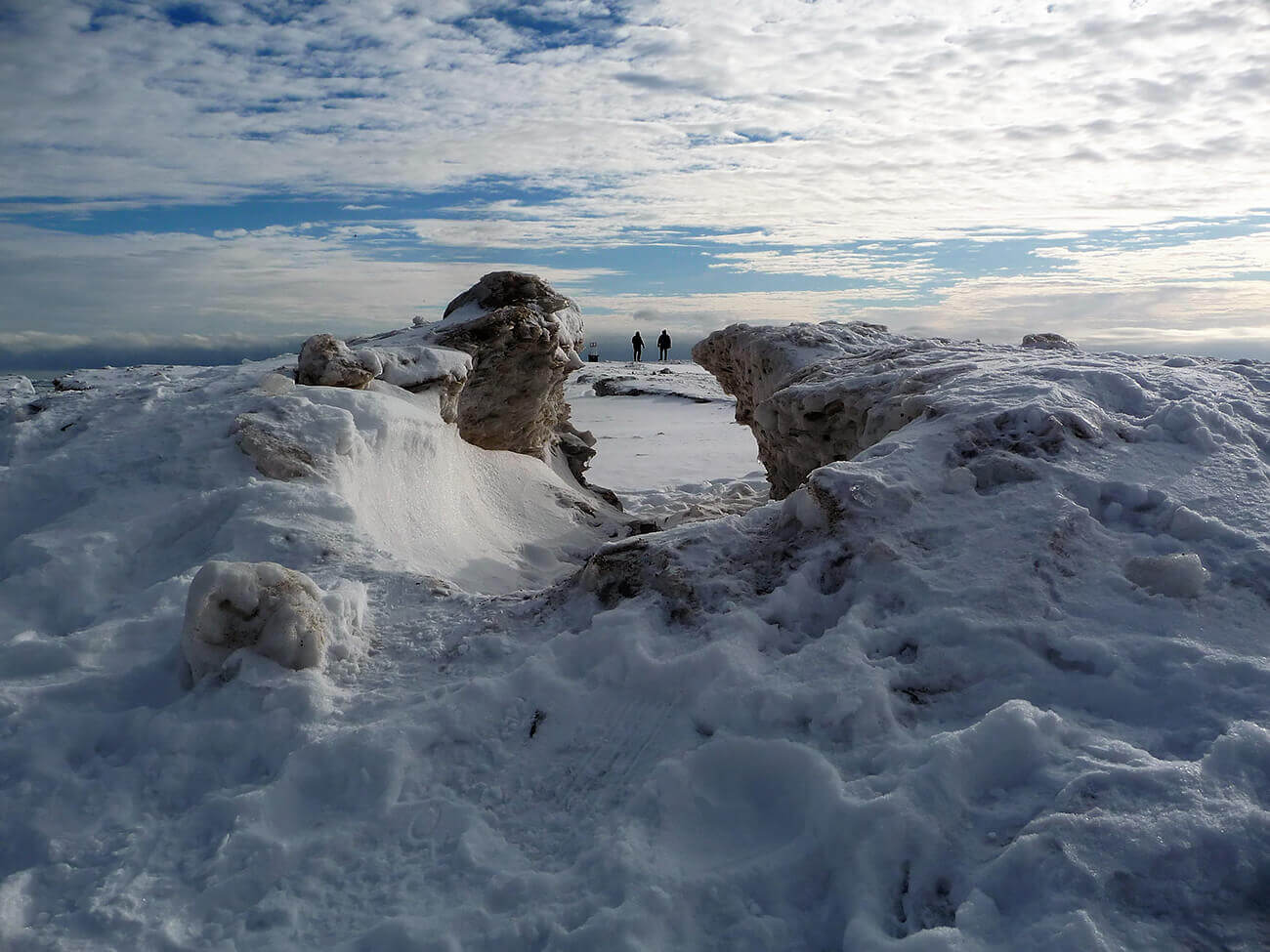
Valentine's Day 2021 © Raju Peddada
How can our technical advances retrench our sensibilities, our vision, common sense? Well, it's the old extraction from Newton's 3rd law: action begets equal and opposite reaction. The more we rely on a specific tool, the less sensitive or dexterous we become with that part of the body replaced by the tool. Look at our handwriting due to word processing, our health due to "convenient" foods. How does this translate to photography? There's a sinister dichotomy here: the larger the investment in techniques, the sharper our ordinariness. The mind tends to disengage from imagining, from thinking and creating a vision that we seek in normal circumstances, to engage with calibration. More than anything, an over-techniqued approach to photography results in the diminishment of originality, our aesthetic quotient, which is indisputable. To be in a zone, induced by imagination and patience for light, is something Ansel Adams had authored - and thus, his inimitable B&W landscapes with his old Deardorf.
Look at this dichotomy: the greatest photographs were taken by photographers with a vision, concepts of images already formed in their mind, as they went looking for them with rudimentary cameras: Pinhole contraptions, wood and glass plate cameras, and rangefinders.
Was not "The Puddle Jumper" by Henri Cartier-Bresson shot with a Leica rangefinder? In fact, my old friend, the Lucie Award winner: the late Art Shay, who is arguably the greatest photographer of the latter half of the 20th century's had once said (almost verbatim) to me,
"...when you use overuse technology to compensate for the want of imagination, you get manifest cliches... it's not photography, it scatology... it's back to the old maxim, Raj - mind must always be over matter. Your objective is the aesthetic of our human condition... leave room for imperfection, some ambiguity. Let the illusion stay, don't kill it with clarity..." This had been my approach entirely, practiced since the beginning. We must find that equilibrium, where we retain our organic vision, the aesthetic in the dubiousness of our existence, and balance it with the technology. Too much reliance on technology becomes a painting by the numbers.
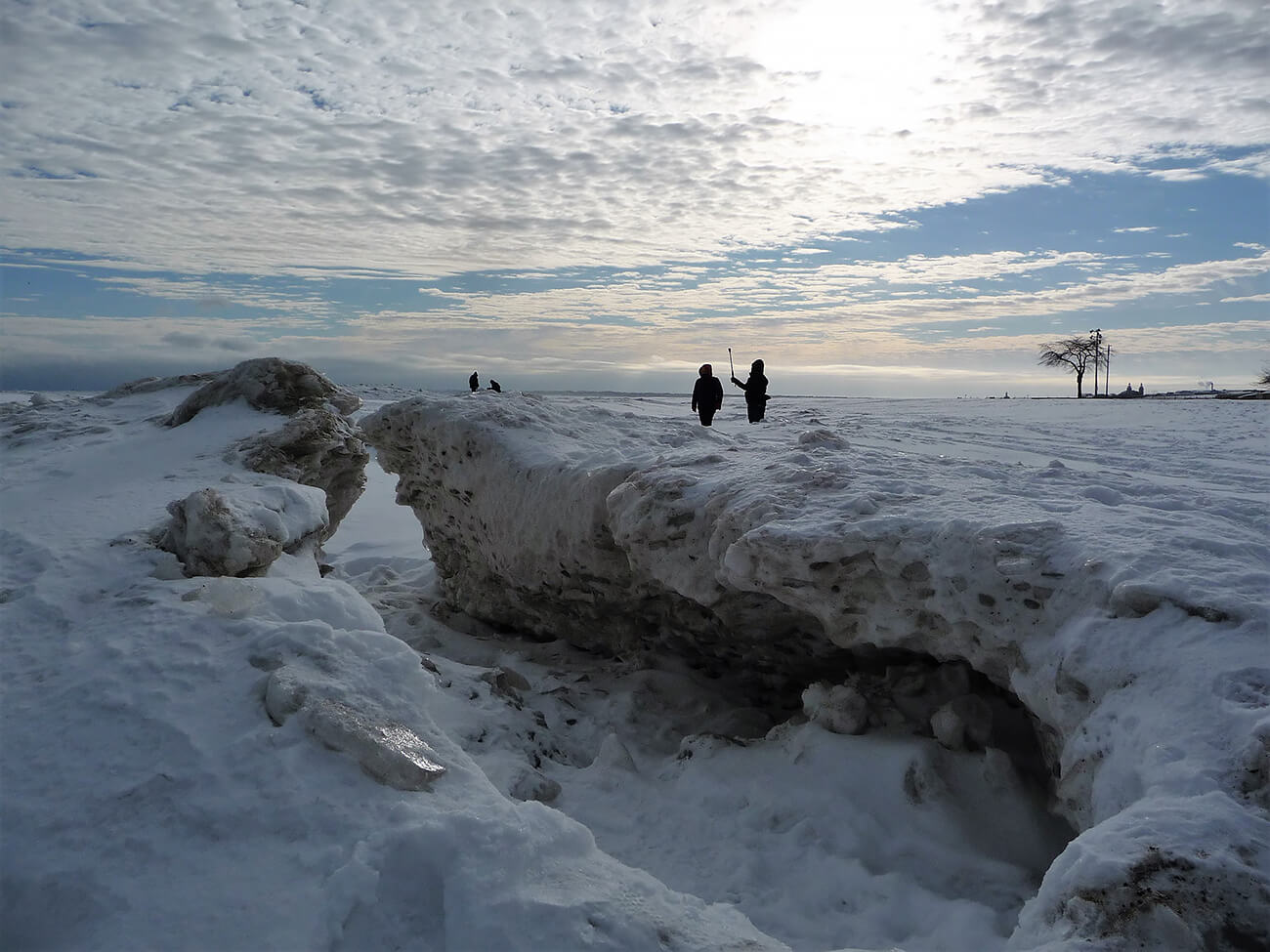
Valentine's Day 2021 © Raju Peddada
Finally, how to capture dichotomy with photography? To answer this question, we must understand the parallel nature of photography with literature, both use visualization, but, only in literature, an accomplished writer shows us, the human condition through a variety of methods, referred to as "literary devices." Here are some of them: Simile, Anomaly, Metaphor, Analogy, Symbolism, Reflection, Motif, Allegory and Dichotomy. Many great photographers, especially, Robert Capa, Henri Cartier-Bresson and Arthur Shay, being avid readers of literature, had transposed such devices to photography, and went on the hunt for conditions that manifested as such, a metaphor, a dichotomy, etc, etc.
Dichotomy provides us with our own fuzzy ready to capture antipodean reality, in several forms.
- Antipodean reality in material form, example: living/child vs old/dead
- One material and the opposite as abstract, as in love (Valentine's Day - abstract) and cold (real-pack ice)
- Antipodean reality in complete abstract form, immaterial representation of our conditions, example: cloudy for melancholy or grief; sunny for felicity in the same shot. The Caribbean, in the afternoon, always provided a natural spectacle: pouring rain under a dark low cloud on the left, offset just a few feet to the right, bright sun - a beautiful dichotomy, also, as symbolism for life being both happy and sad. It could be something mental offsetting something material.
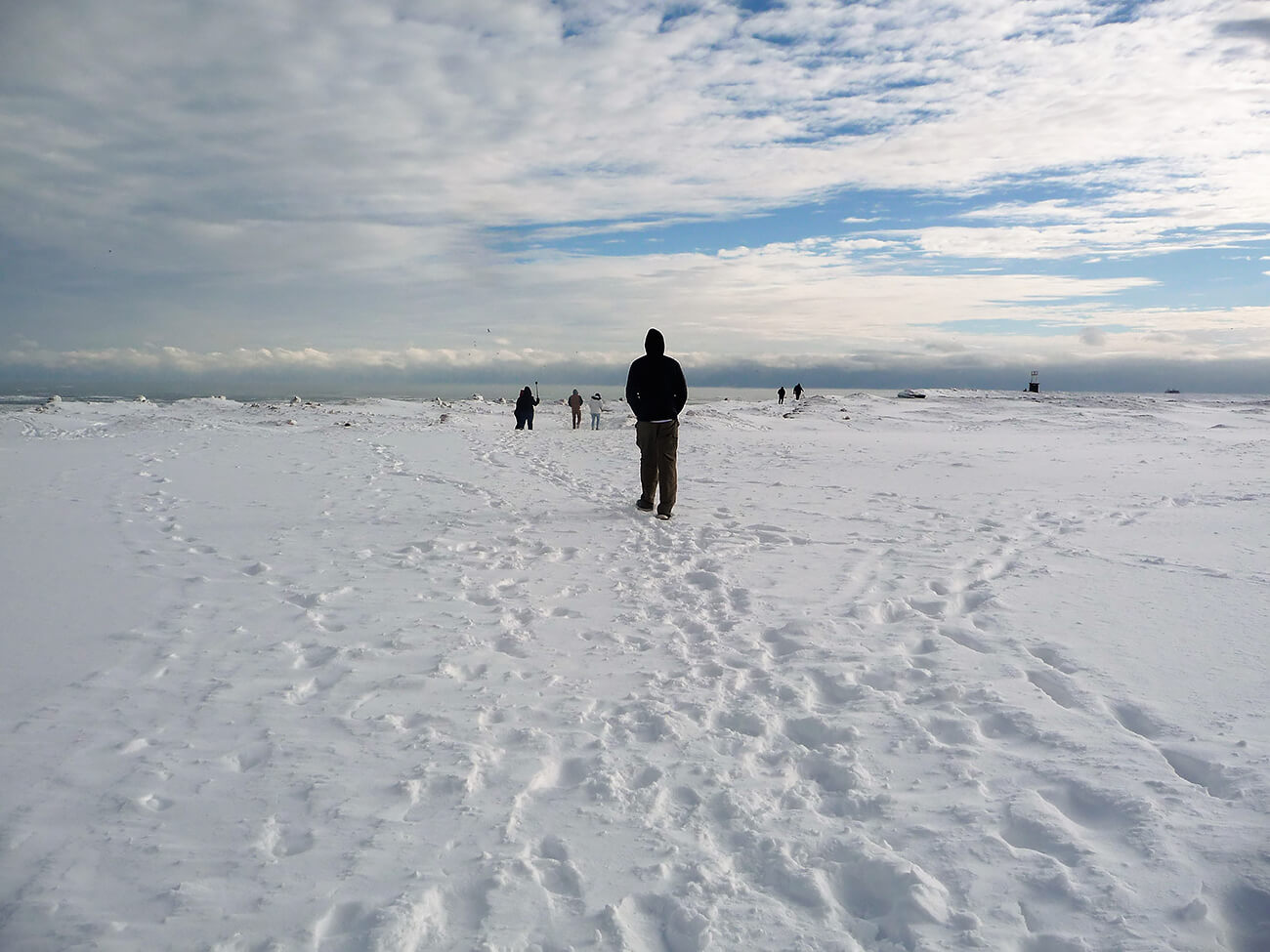
Valentine's Day 2021 © Raju Peddada
Every literary device to show (not narrate or describe) the human condition had been invented by path-finding writers, as the means to good storytelling. It is to create a scene of action or interaction of the characters with words that puts the reader, into the scene. A photographer would do himself or herself enormous credit if he is to adopt such methods, to put the viewer in the scene, to effect in essence, that verisimilitude of being there, enabling the vicarious experience. One of the rare practitioners was Robert Capa. In his photographs of the Normandy landing: June 6, 1944, you can hear the distant percussion of an MG-42, bullets whizzing overhead or thudding into the targets, and strobic and frantic movement of soldiers in the water chest deep. He had resorted to metonymy or simile and symbolism to put us right there in action. In film making, visualization is the only tether that the writer, the director and the cinematographer hang on and swing.
It is only natural today that we tend to lapse into an over-techniqued approach to photography. It is like focusing more on the brush or the pen we use, than on the mental-psychological methods that help us become keen observers of the highly complex, nuanced, ever evolving and dynamic human condition. When we understand and use the aforementioned methods of storytelling, we will make our photographs infinitely intriguing, bringing the viewer into the situation, like Dorothea Lange did for us in her Dust-Bowl era photographs from the 1930s.
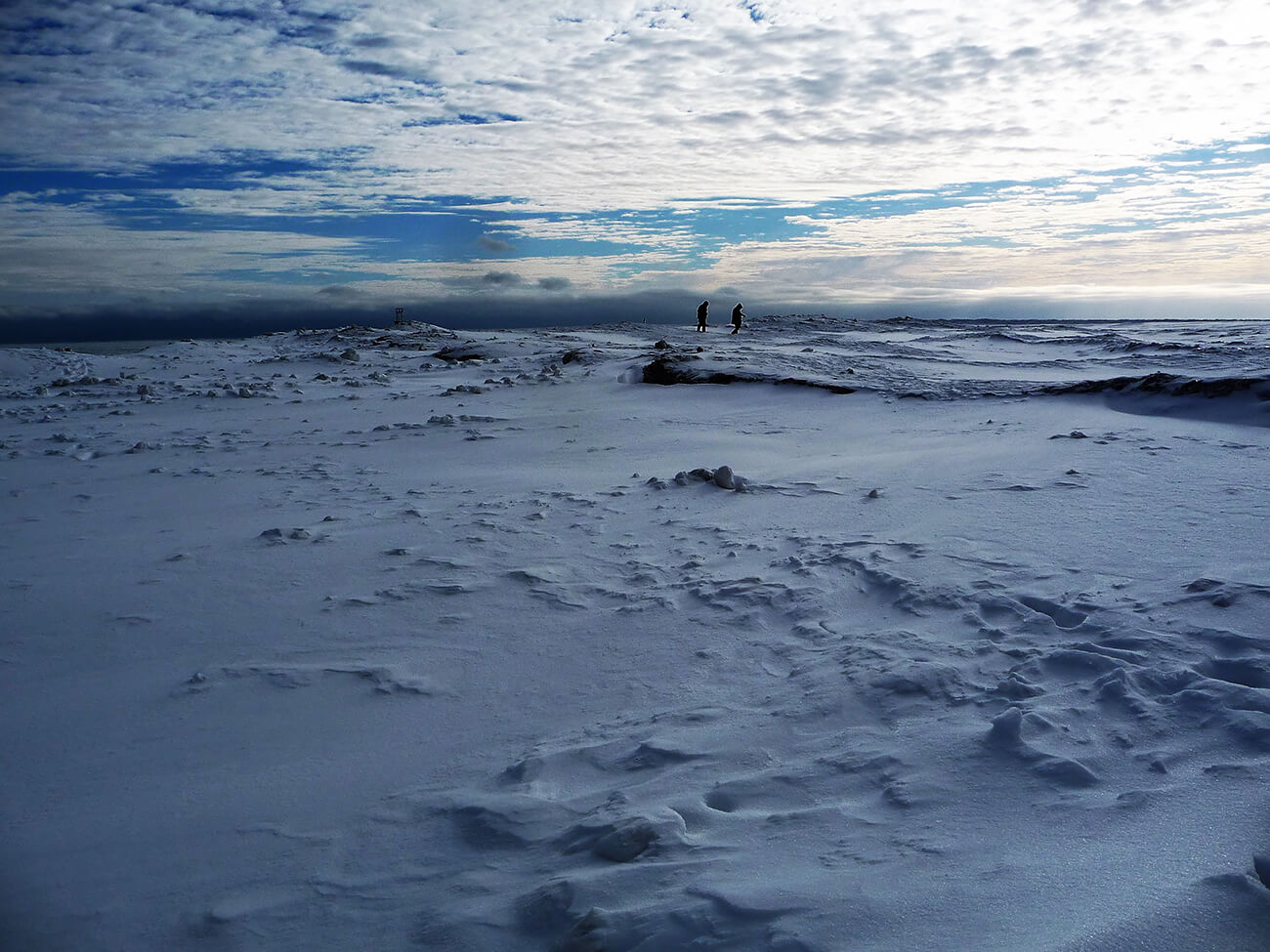
Valentine's Day 2021 © Raju Peddada
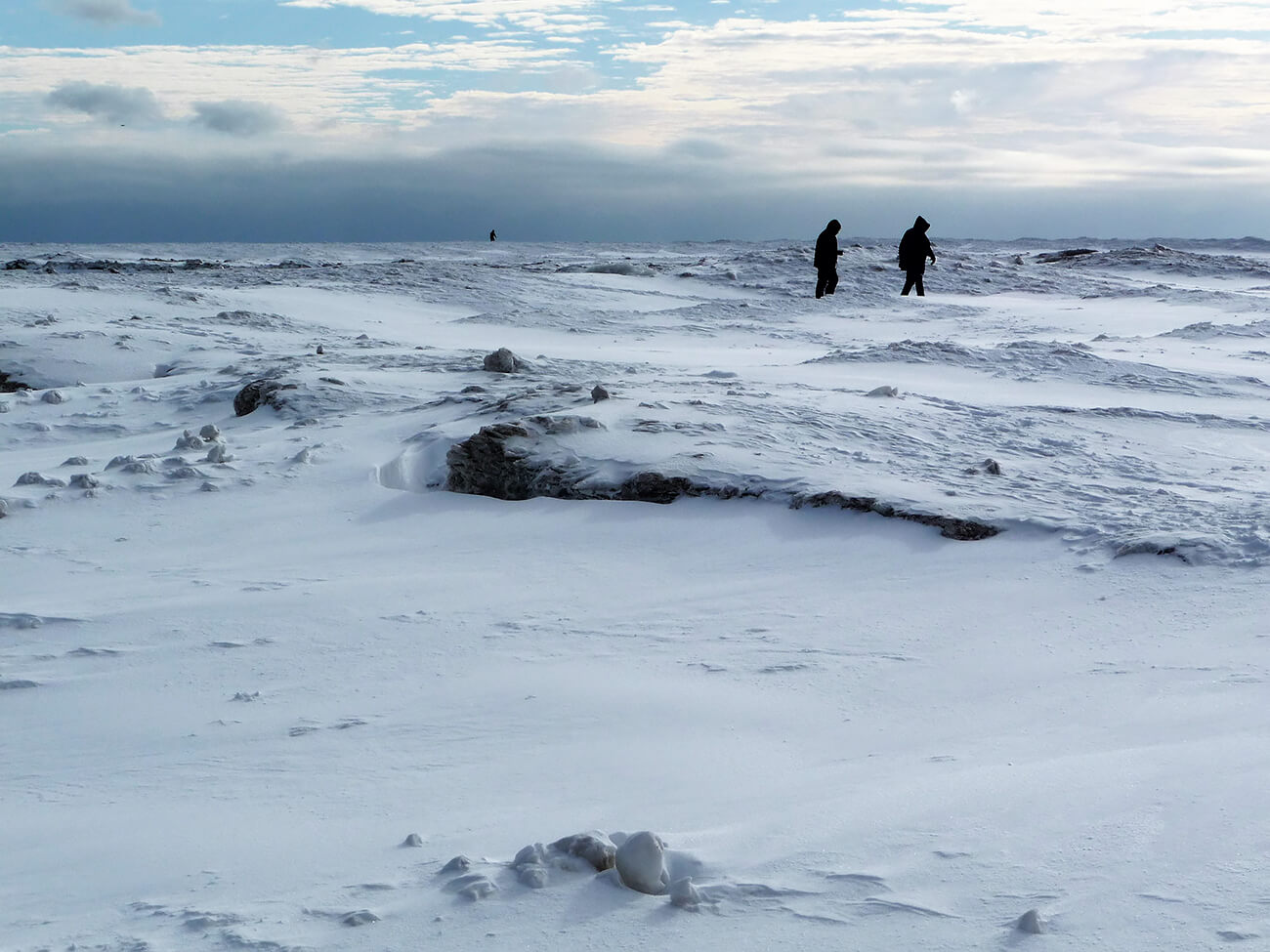
Valentine's Day 2021 © Raju Peddada
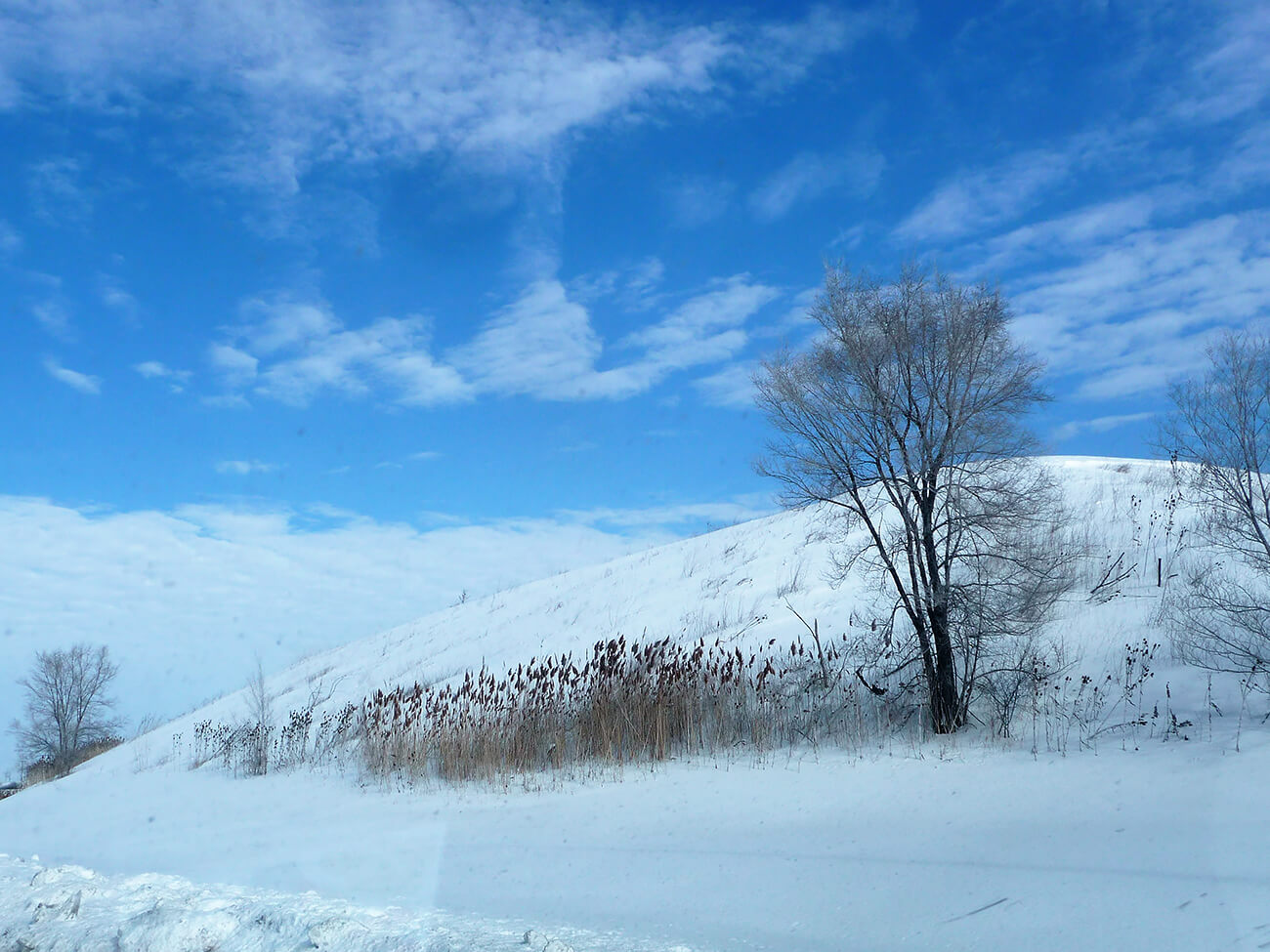
Valentine's Day 2021 © Raju Peddada
© Copyrighted, June 18, 2021: Raju Peddada / Text/images / All Rights Reserved
